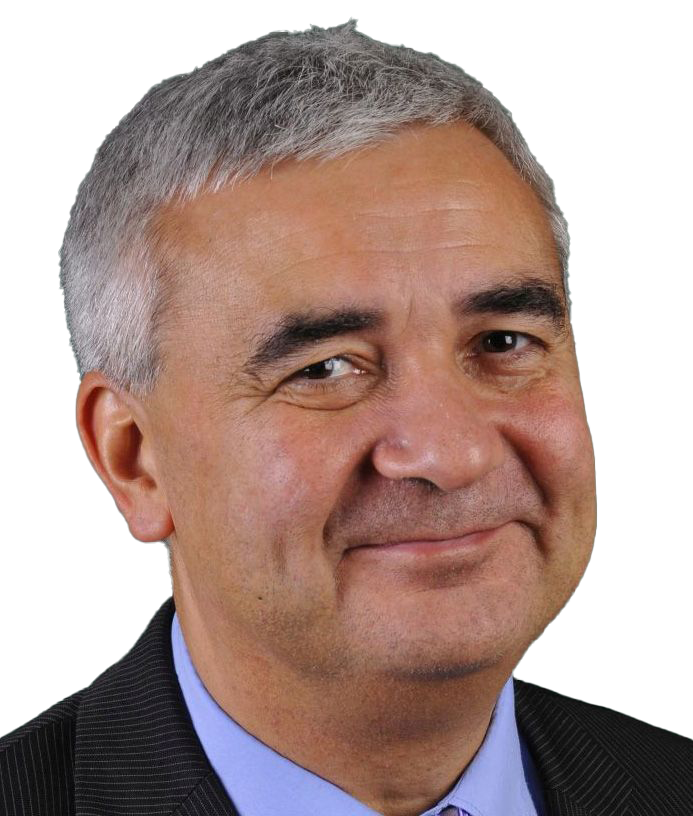Alternative Ways for Teaching and Learning
Education must face new challenges in the 21st Century. Improvement of presentation methods, creativity, the introduction of new learning methods, and teaching relaxation technics should be included in the curricula of students. In my program, I would like to introduce a new method that has been already tested and proved to be successful in the Netherlands at Roosevelt Academy, Middelburg within the frameworks of the Middelburg Center of Transatlantic Studies, the University of Malta, on the University of Turku, Finland, on the University of Debrecen and on Semmelweis University, Budapest. The 30-hour-long program focuses on five fields.
1) Keys of Originality
Teaching simple methods for improving creativity. Such methods can be a part of everyday practice. Unfortunately, most school systems support “reproduction” instead of “production”. By improving creativity, people can regain their capability of open mind thinking and thus understand the world on a higher level.
Some key elements:
- Creativity in the light of transactional psychology (possibilities for enhancing the “creative child” living inside of us)
- Creative problem solving (10 exercises for creativity improvement. Everybody has an opportunity for choosing the best ones for herself/himself.)
- Everyday methods for creativity improvement (20-25 games and exercises in small groups and large groups)
2) Learning methods
Such methods can help to make the process of learning as enjoyable and easy as possible. They can help to organize the structure of memory, improve recall and give aid to finding associations between different learning materials.
Some key elements:
- Neurologic base of learning, the role and function of Short-Term Memory and Long-Term Memory (short lecture)
- Connection in between emotions and learning (presentation and exercise)
- Acquiring individually shaped mnemotechnic methods (PQRST method, Mind Mapping, Locus Method, Storybuilding, ABC method, learning numbers, learning names, etc. – introduction into the application of the methods, individual and small group exercises)
- Basic methods of neurolinguistic programming (NLP) (anchoring, reframing, VAKOG method)
- Time management in learning (how to use time of learning more effectively making the period of learning much shorter)
- The biological background of learning (breathing, nutrition, yoga exercises)
- Applying virtual reality to learning
3) Lecturing
Teaching basic rules of lectures and presentations (how to grab the attention of the audience, how to avoid the usual “pitfalls”, how to overcome “stage fright” etc.) and acquiring knowledge about the latest presentation software (including Prezi, virtual reality, etc.).
Some key elements:
- Basic differences between a lecture and a presentation
- Making an 8-minute-long presentation as perfect as possible for a conference (basic rules of creating and holding presentations)
- Overcoming nervousness while holding a lecture or presentation
- Making own presentation about a given topic – exercise (searching for material, collecting the presentation, keeping the rules of presentation, evaluation)
- Applying virtual reality in teaching
4) Analysis of the World Wide Web
Using RSS (Really Simple Syndication) for collecting information regarding any topics for eg. for writing scientific papers, wise application of searching systems available on the internet, and discovering sites important for teaching and learning.
Some key elements:
- How to find relevant material on the World Wide Web? (Search engines, searching methods)
- Searching for illustration materials for presentations or lectures
- Free internet sources of lectures and teaching/learning materials
- Organizing virtual conferences in cyberspace (Second Life, Conference Alert etc.)
5) Relaxation
Restoration of the balance between mind, soul, and body. After a proper 7-minute-long relaxation people can feel like they were sleeping for 2-3 hours.
Some key elements:
- The theoretical background of relaxation
- Relaxation exercises
- 1-minute-long relaxation methods and their practice
By applying the KOLLAR method both teachers and students can be motivated for teaching or learn of better quality.
